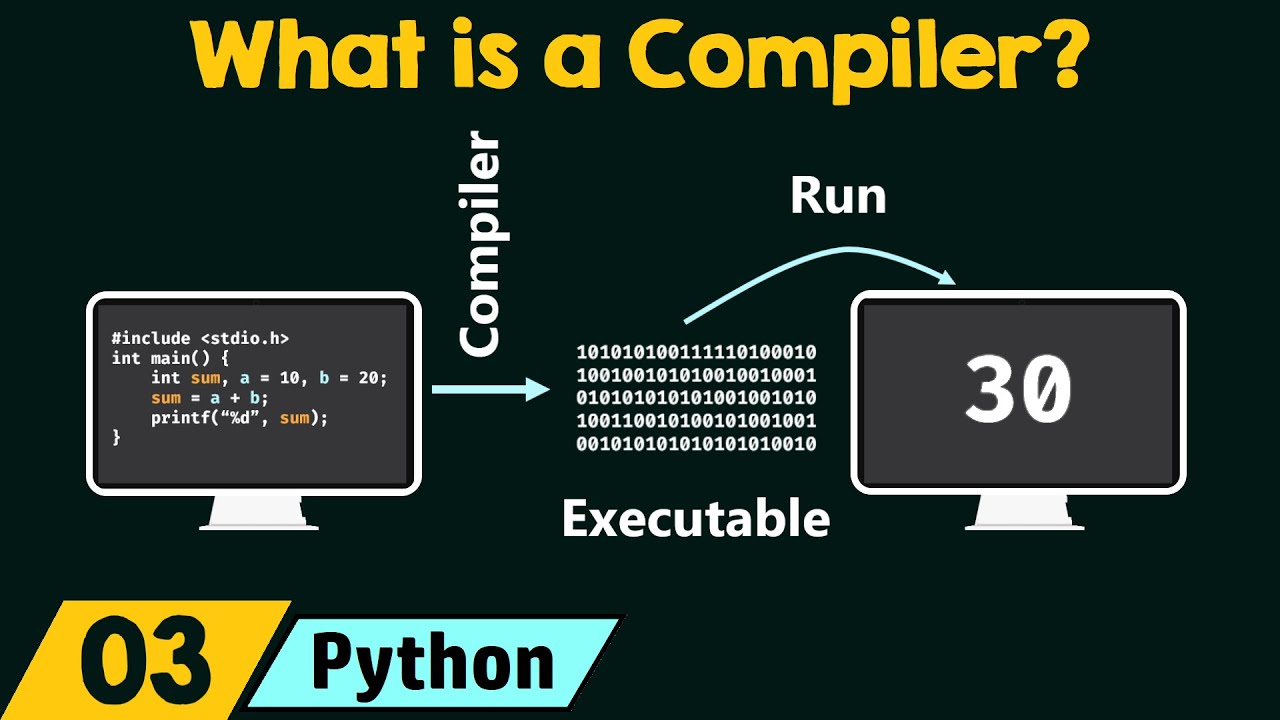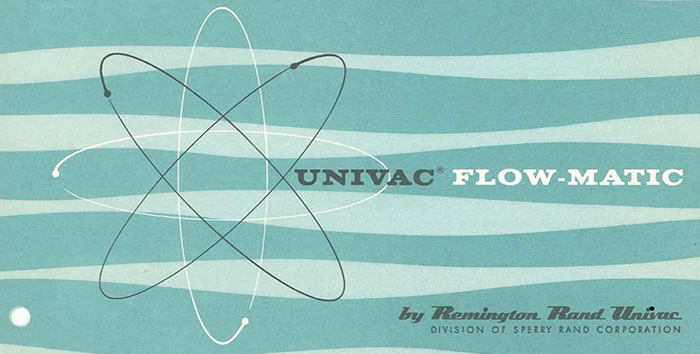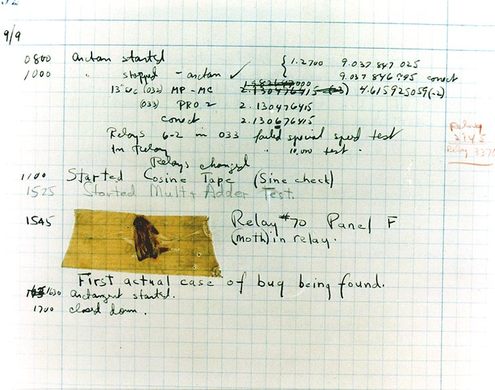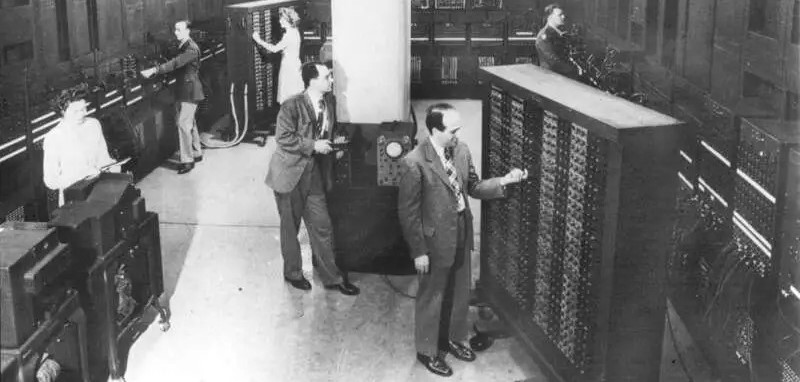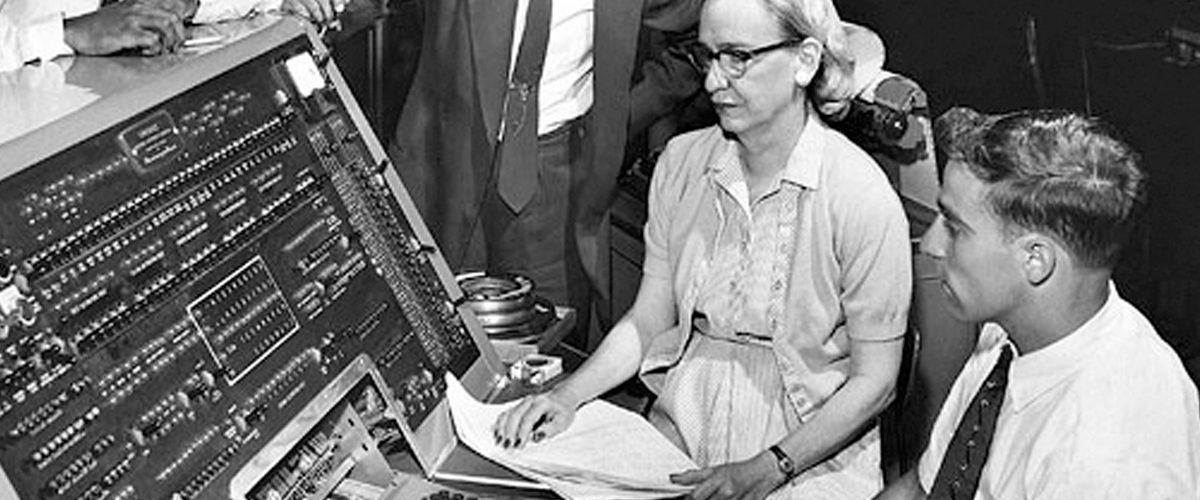Grace Brewster Hopper (née Murray; December 9, 1906 - January 1, 1992) was an American computer scientist, mathematician, and United States Navy rear admiral. One of the first programmers of the Harvard Mark I computer, she was a pioneer of computer programming. Hopper was the first to devise the theory of machine-independent programming languages, and the FLOW-MATIC programming language she created using this theory was later extended by others to create COBOL, an early high-level programming language still in use today.
Prior to joining the Navy, Hopper earned a Ph.D. in both mathematics and mathematical physics from Yale University and was a professor of mathematics at Vassar College. Hopper attempted to enlist in the Navy during World War II but was rejected because she was 34 years old. She instead joined the Navy Reserves, leaving her position at Vassar. Hopper began her computing career in 1944 when she worked on the Harvard Mark I team led by Howard H. Aiken.
In 1949, she joined the Eckert Mauchly Computer Corporation and was part of the team that developed the UNIVAC I computer. At Eckert Mauchly she managed the development of one of the first COBOL compilers. She believed that programming should be simplified with an English-based computer programming language. Her compiler converted English terms into machine code understood by computers. By 1952, Hopper had finished her program linker (originally called a compiler), which was written for the A-0 System.

